For 10 years, our Fermi Gamma-ray Space Telescope has scanned the sky for gamma-ray bursts (GRBs), the universe’s most luminous explosions!
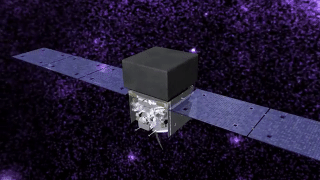
Most GRBs occur when some types of massive stars run out of fuel and collapse to create new black holes. Others happen when two neutron stars, superdense remnants of stellar explosions, merge. Both kinds of cataclysmic events create jets of particles that move near the speed of light.
A new catalog of the highest-energy blasts provides scientists with fresh insights into how they work. Below are five record-setting events from the catalog that have helped scientists learn more about GRBs:
1. Super-short burst in Boötes!
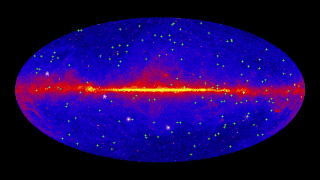
The short burst 081102B, which occurred in the constellation Boötes on Nov. 2, 2008, is the briefest LAT-detected GRB, lasting just one-tenth of a second!
2. Long-lived burst!
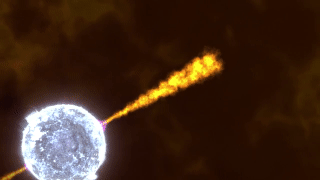
Long-lived burst 160623A, spotted on June 23, 2016, in the constellation Cygnus, kept shining for almost 10 hours at LAT energies — the longest burst in the catalog.
For both long and short bursts, the high-energy gamma-ray emission lasts longer than the low-energy emission and happens later.
3. Highest energy gamma-rays!
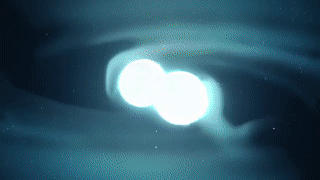
The highest-energy individual gamma ray detected by Fermi’s LAT reached 94 billion electron volts (GeV) and traveled 3.8 billion light-years from the constellation Leo. It was emitted by 130427A, which also holds the record for the most gamma rays — 17 — with energies above 10 GeV.
4. In a constellation far, far away!
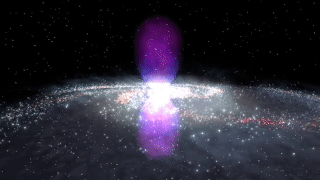
The farthest known GRB occurred 12.2 billion light-years away in the constellation Carina. Called 080916C, researchers calculate the explosion contained the power of 9,000 supernovae.
5. Probing the physics of our cosmos!
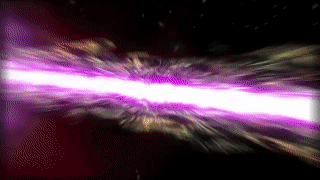
The known distance to 090510 helped test Einstein’s theory that the fabric of space-time is smooth and continuous. Fermi detected both a high-energy and a low-energy gamma ray at nearly the same instant. Having traveled the same distance in the same amount of time, they showed that all light, no matter its energy, moves at the same speed through the vacuum of space.
Make sure to follow us on Tumblr for your regular dose of space: http://nasa.tumblr.com.



Комментариев нет:
Отправить комментарий